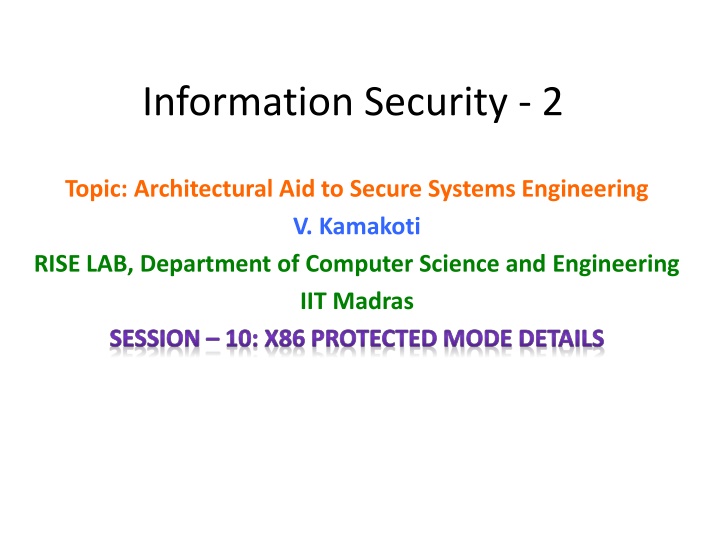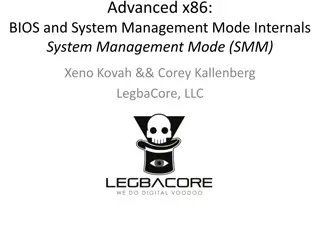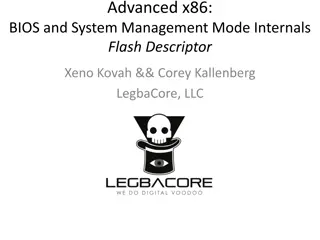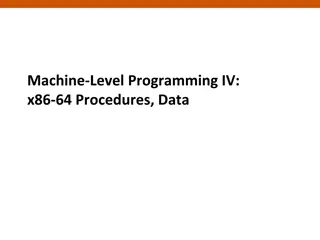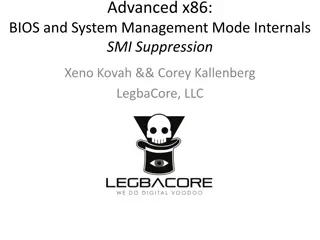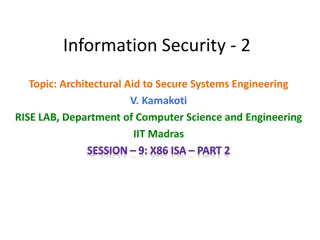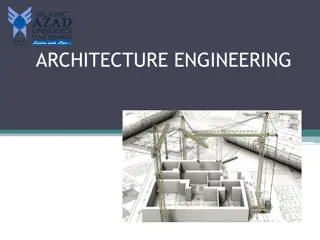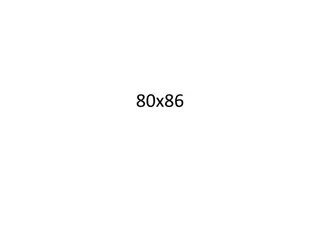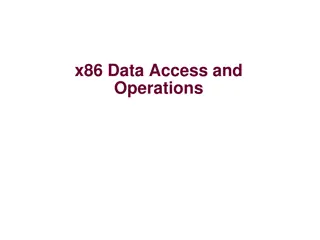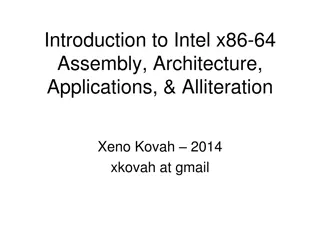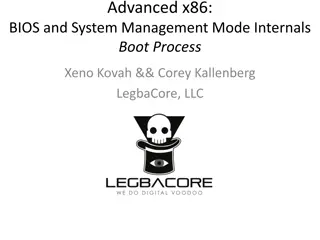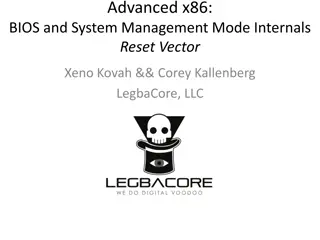Architectural Aid to Secure Systems Engineering - X86 Protected Mode Details
This session delves into the intricacies of X86 protected mode, focusing on addressing, segment limits, process execution, interprocess protection, privilege levels, and code segment privilege association. Learn about logical addressing, segment descriptors, privilege assignment, and more in securing systems engineering.
Download Presentation

Please find below an Image/Link to download the presentation.
The content on the website is provided AS IS for your information and personal use only. It may not be sold, licensed, or shared on other websites without obtaining consent from the author.If you encounter any issues during the download, it is possible that the publisher has removed the file from their server.
You are allowed to download the files provided on this website for personal or commercial use, subject to the condition that they are used lawfully. All files are the property of their respective owners.
The content on the website is provided AS IS for your information and personal use only. It may not be sold, licensed, or shared on other websites without obtaining consent from the author.
E N D
Presentation Transcript
Information Security - 2 Topic: Architectural Aid to Secure Systems Engineering V. Kamakoti RISE LAB, Department of Computer Science and Engineering IIT Madras SESSION 10: X86 PROTECTED MODE DETAILS
Protected Mode Addressing Logical Address SELECTOR OFFSET Descriptor Table Base Address Segment Descriptor Linear Address
A process always executes from Code segment. It should not execute by accessing from adjoining Data or stack area or any other code area too. A stack should not overgrow into adjoining segments 500 Every segment is specified a start address and limit. CS 1000 Architecture checks if limit is not exceeded. ES 1500 SS 2000 jmp CS:250 //This is fine jmp CS:501 //This is a violation as limit is 500 mov [ES:498], AX //This is fine mov [ES:498], EAX //This is a violation!!! PUSH AX //Let SP be 498, it is fine PUSH EAX //Let SP be 498, violation POP AX //Let SP be 2, it is fine POP EAX //Let SP be 2, Violation!!! Intra and Inter process Protection
Process 1 should be prevented from loading CS, such that it can access the code of Process 2 Process 1 CS CS Process 1 DS Process 2 CS Similarly for the DS,SS, ES, FS and GS DS Process 2 SS Privilege levels: [0-3] assigned to each segment. SS Process 2 DS Process 1 SS 0: Highest privilege 3: Lowest privilege Interprocess Protection
Privilege levels and Protection Every segment has an associated privilege level and hence any code segment will have an associated privilege level. The CPL (Current Privilege Level) of a process is the privilege level of the code segment, the code stored in which, it is executing. A process can access segments that have privilege levels numerically greater than or equal to (less privileged than) its CPL.
End of Session-10 Thank You
